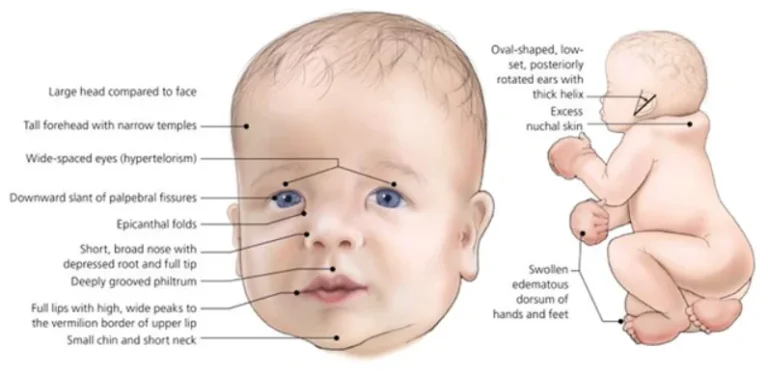Partial vs. Total Knee Replacement Surgery
Partial vs. Total Knee Replacement Surgery: What’s the Difference?
Knee replacement surgery has become a highly effective solution for individuals with chronic knee pain, especially due to osteoarthritis. While total knee replacement (TKR) is the most common procedure, partial knee replacement (PKR) is a viable option for patients with damage limited to one part of the knee.
Understanding the Anatomy: Why the Type of Replacement Matters
The knee is divided into three compartments:
-
Medial (inner side)
-
Lateral (outer side)
-
Patellofemoral (front side)
Most patients with osteoarthritis have damage isolated to one compartment—typically the medial one. In these cases, a partial knee replacement—also known as unicompartmental knee arthroplasty—may be appropriate. Conversely, total knee replacement involves resurfacing all three compartments and removing the anterior and posterior cruciate ligaments.
Key Benefits of Partial Knee Replacement
Partial knee surgery preserves more of your natural anatomy. Compared to total replacement, it offers several advantages:
-
Minimal bone and soft tissue removal
-
Less blood loss during surgery
-
Shorter hospital stay
-
Faster return to daily activities
-
Better post-operative range of motion
Risks and Considerations of Partial Knee Replacement
Despite the benefits, there are specific risks to keep in mind:
-
Higher chance of needing revision surgery compared to TKR
-
Revisions after partial replacements can be more complex
-
Outcomes may be less predictable if the patient wasn’t an ideal candidate initially
Who Qualifies for a Partial Knee Replacement?
Ideal candidates typically meet the following criteria:
-
Over the age of 60
-
Weigh less than 180 pounds
-
Lead a relatively low-activity lifestyle
-
Have good knee range of motion and minimal joint deformity
Patients with inflammatory arthritis (like rheumatoid arthritis) or widespread joint damage are generally not suited for this procedure.
Recovery Timeline and Success Rates
Recovery varies based on individual health and the type of surgery performed.
-
Partial Knee Replacement:
Most patients regain mobility within 3 to 6 months. Success rates are promising, with over 90% of prostheses functioning well at 10 years and around 70% lasting 25 years. -
Total Knee Replacement:
About 90% of patients experience pain relief and functional improvement, with results typically lasting over 20 years.
Physical Therapy and Low-Impact Activities
Rehabilitation is vital for both surgical options. Patients are usually able to begin walking (with assistance) within days of surgery. Activities like walking, swimming, and cycling can be resumed within a few weeks. Full recovery and strength building may take up to 12 months.
Complications After Knee Replacement Surgery
Major complications are rare but possible:
-
Total Knee Replacement:
Serious issues such as infection or implant failure occur in less than 2% of patients. -
Partial Knee Replacement:
Even fewer complications, with infections seen in less than 1% of cases. However, clicking sounds or discomfort may occur, and further surgery may be needed if other parts of the knee deteriorate.
Choosing the Right Procedure for Your Needs
The decision between partial and total knee replacement should be made with your orthopedic specialist. Factors like the extent of knee damage, lifestyle, age, and overall health play a critical role.
Although partial knee replacement offers a quicker recovery and more natural movement, only 6–10% of patients meet the criteria for this surgery.
Frequently Asked Questions
Does a partial or total knee replacement offer better results?
It depends on the condition of your knee. Partial replacement is less invasive with a quicker recovery, but total replacement may be more appropriate if multiple compartments are damaged.
Who is a good candidate for partial knee replacement?
Patients with damage to a single knee compartment, minimal deformity, and good range of motion are potential candidates.
What are the pros and cons of partial knee replacement?
Pros: Faster recovery, reduced pain, better joint motion, and a more natural knee feel.
Cons: Not suitable for everyone, and may require revision surgery if additional damage develops.
How soon can I walk after partial knee replacement?
Most patients can walk with a walker or crutches within a few days. Independent walking is usually possible within 3–4 weeks.
What activities should I avoid after partial knee replacement?
High-impact exercises such as running should be avoided. Stick to low-impact activities like walking, biking, or swimming.
How long does it take to recover from total knee replacement?
Many people resume regular activities within three months. Full strength and mobility may take 6 to 12 months.
Is total knee replacement considered a major surgery?
Yes, it is. Although complications are rare, the procedure is extensive and involves risks such as infection, blood clots, or, in very rare cases, heart issues.







